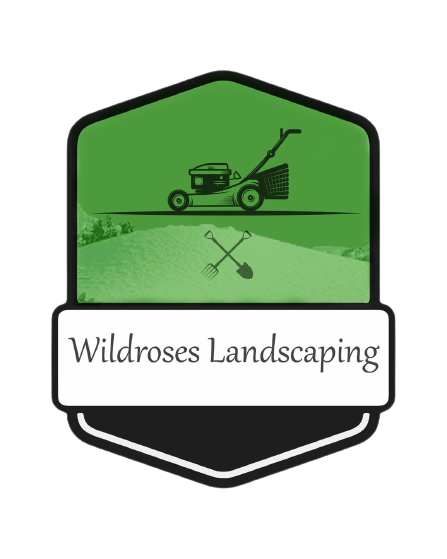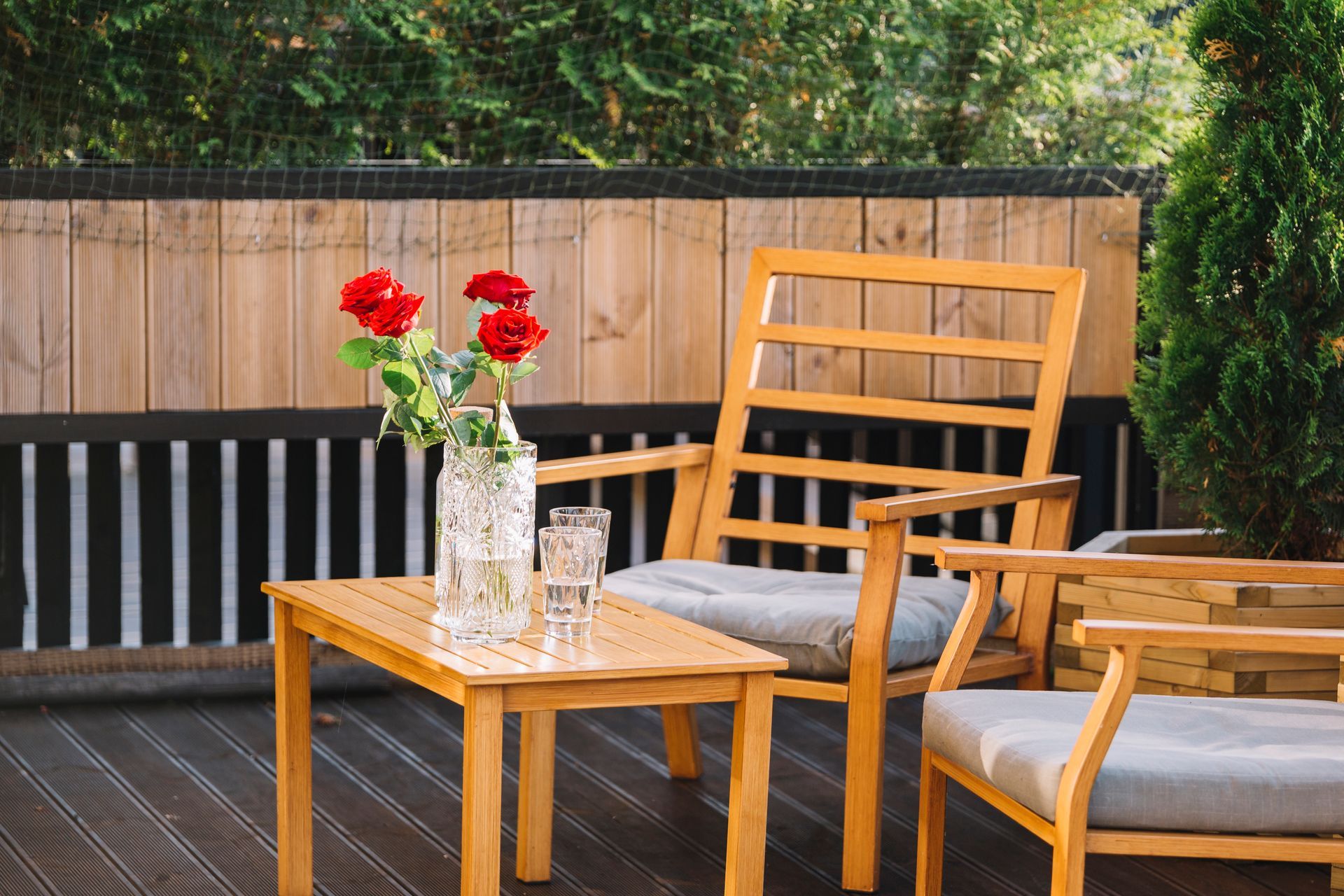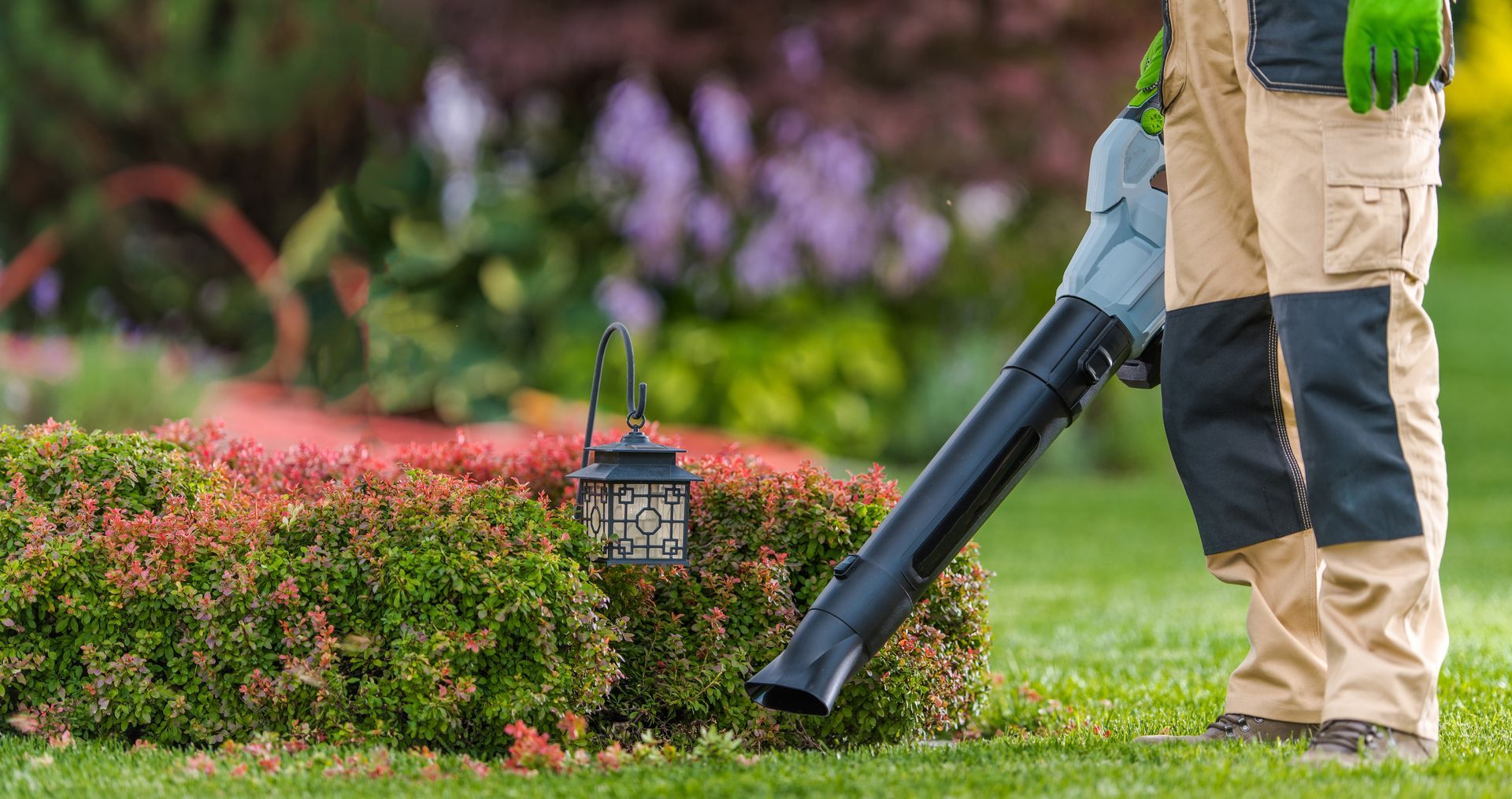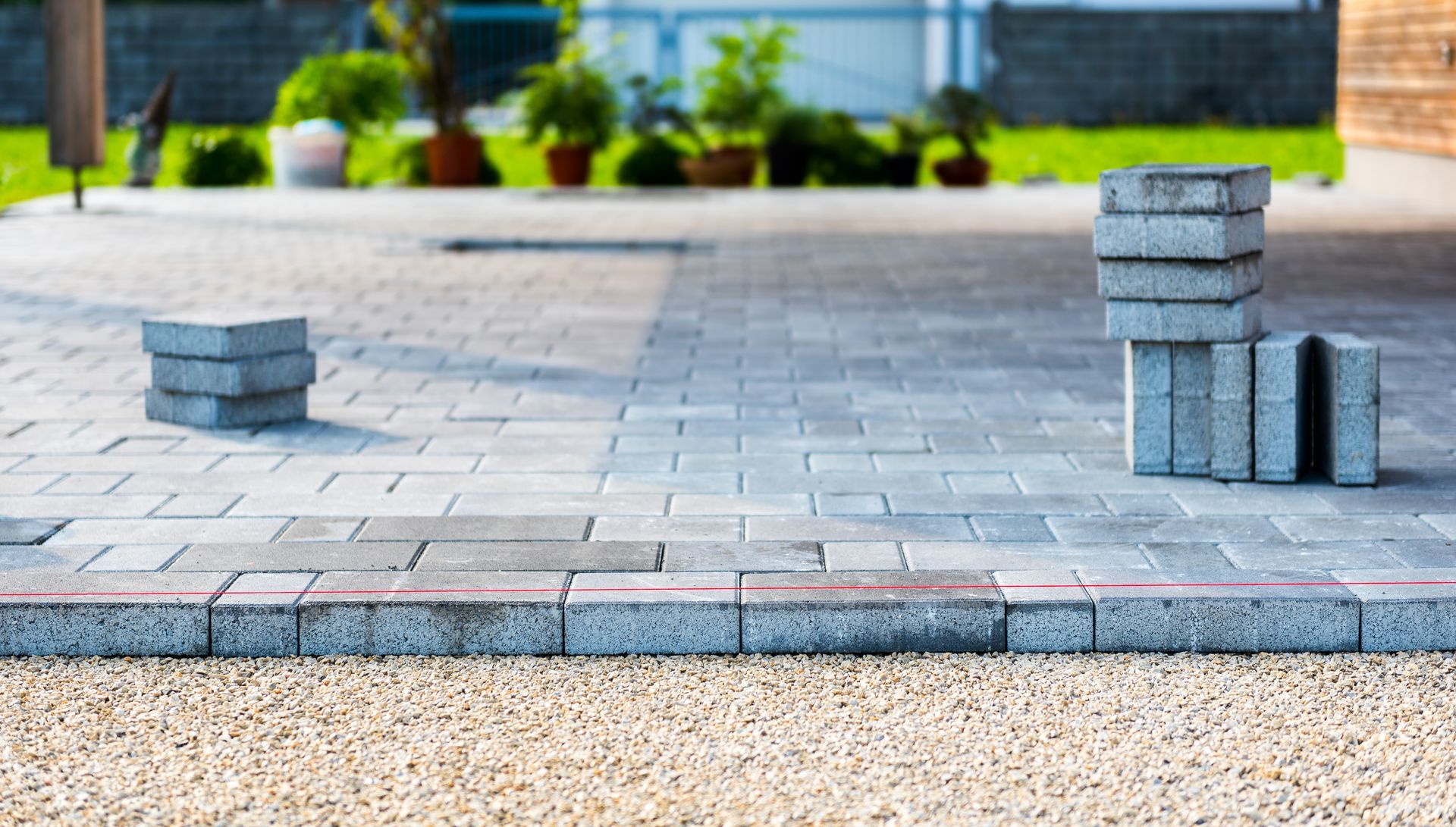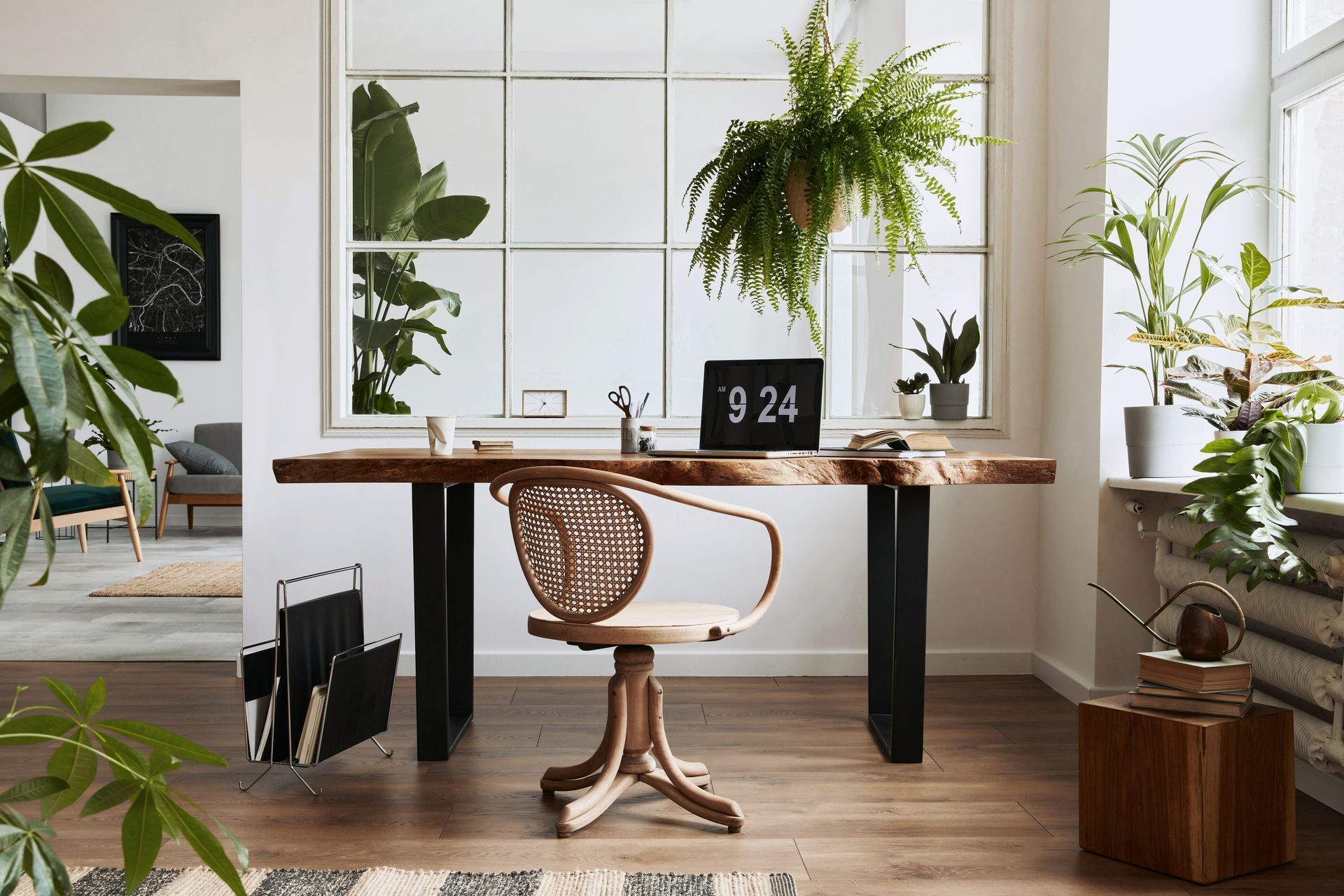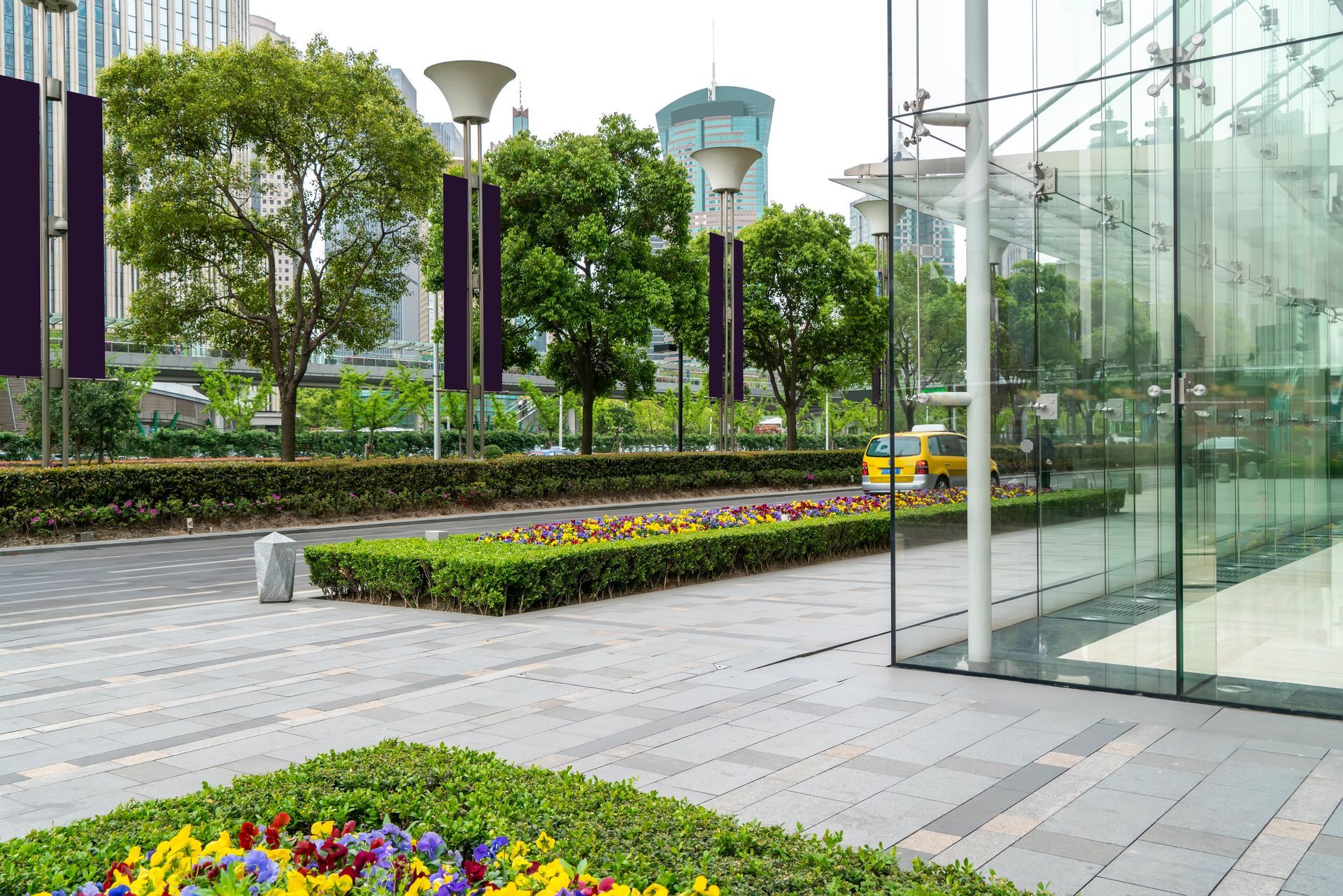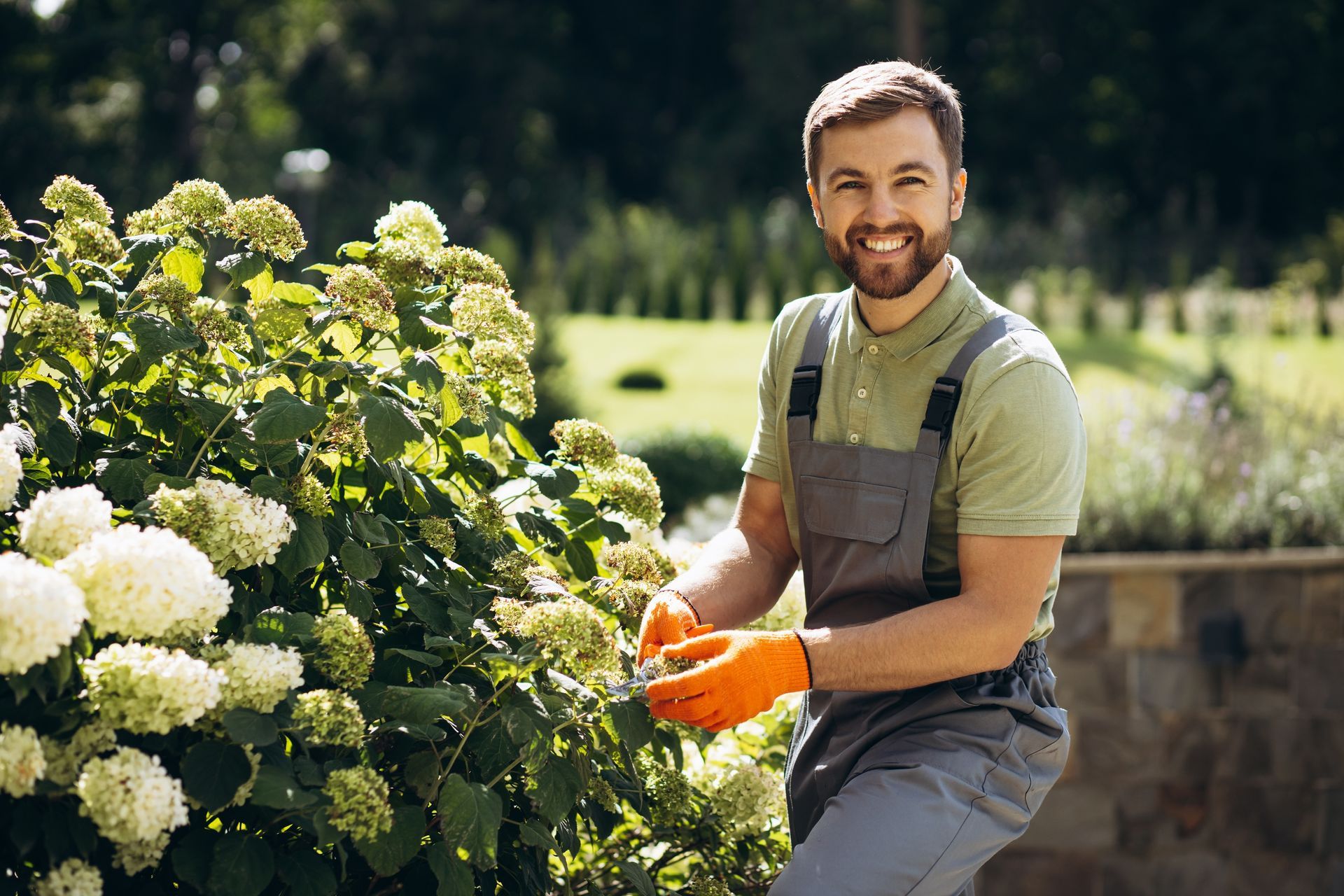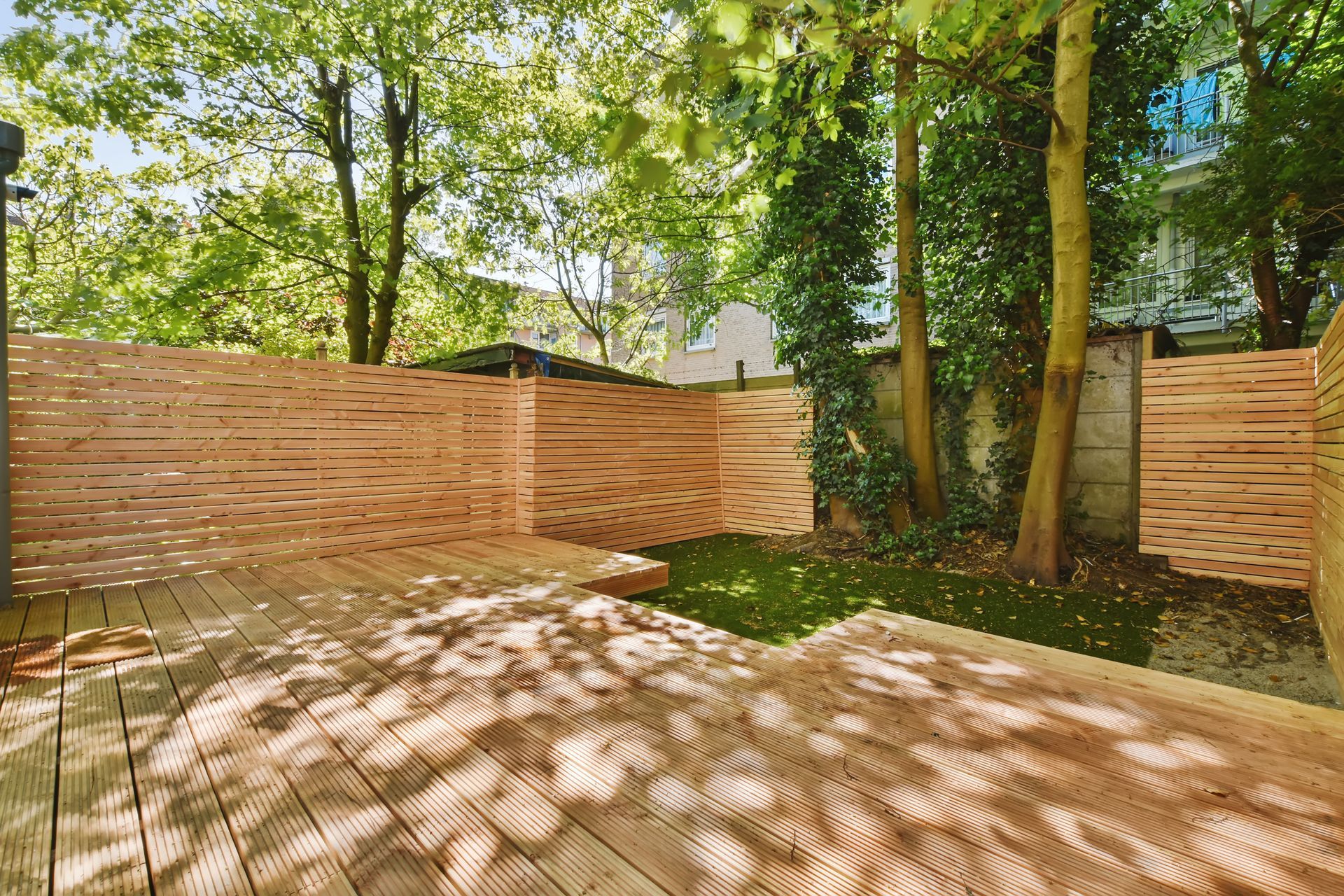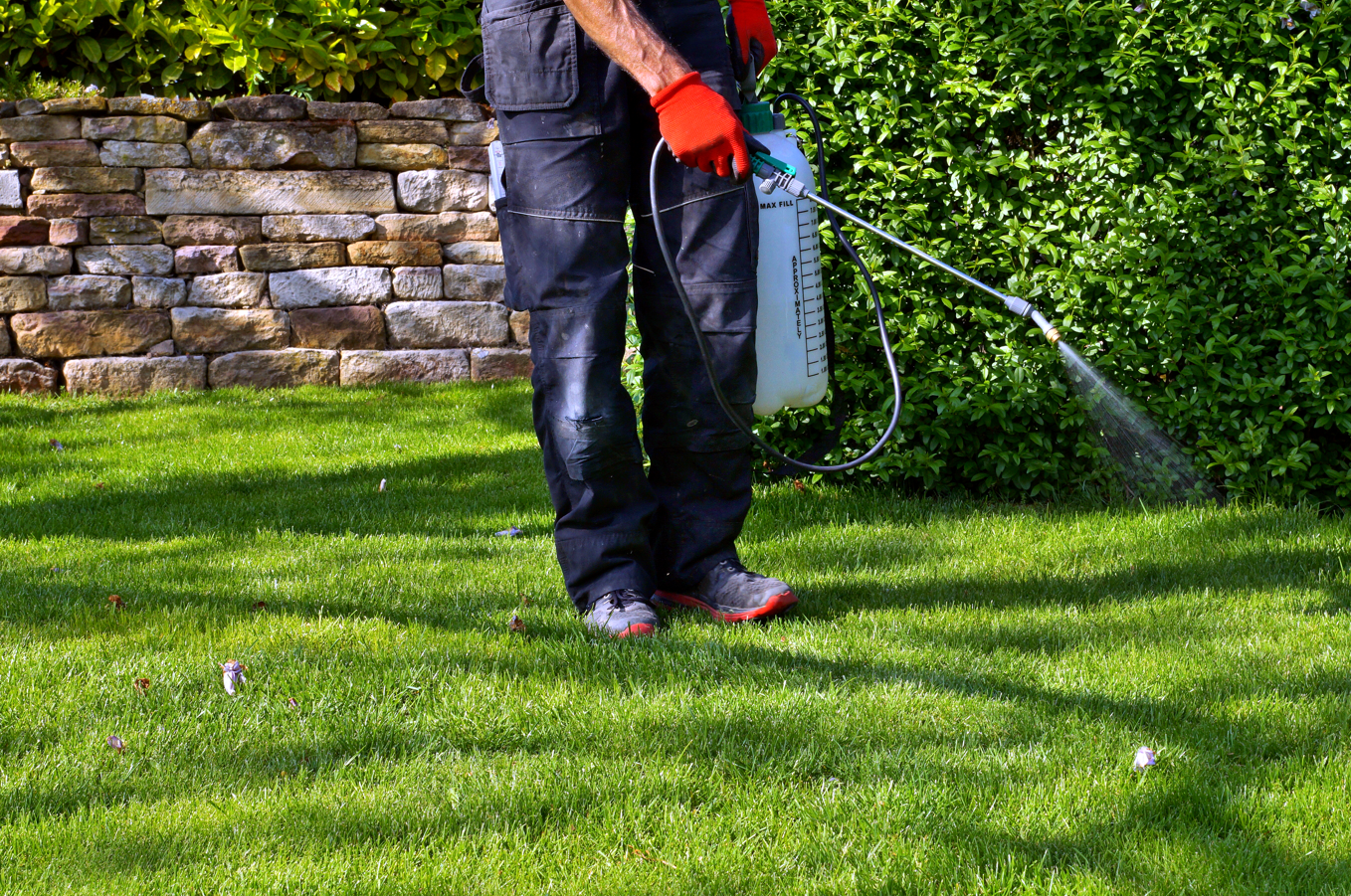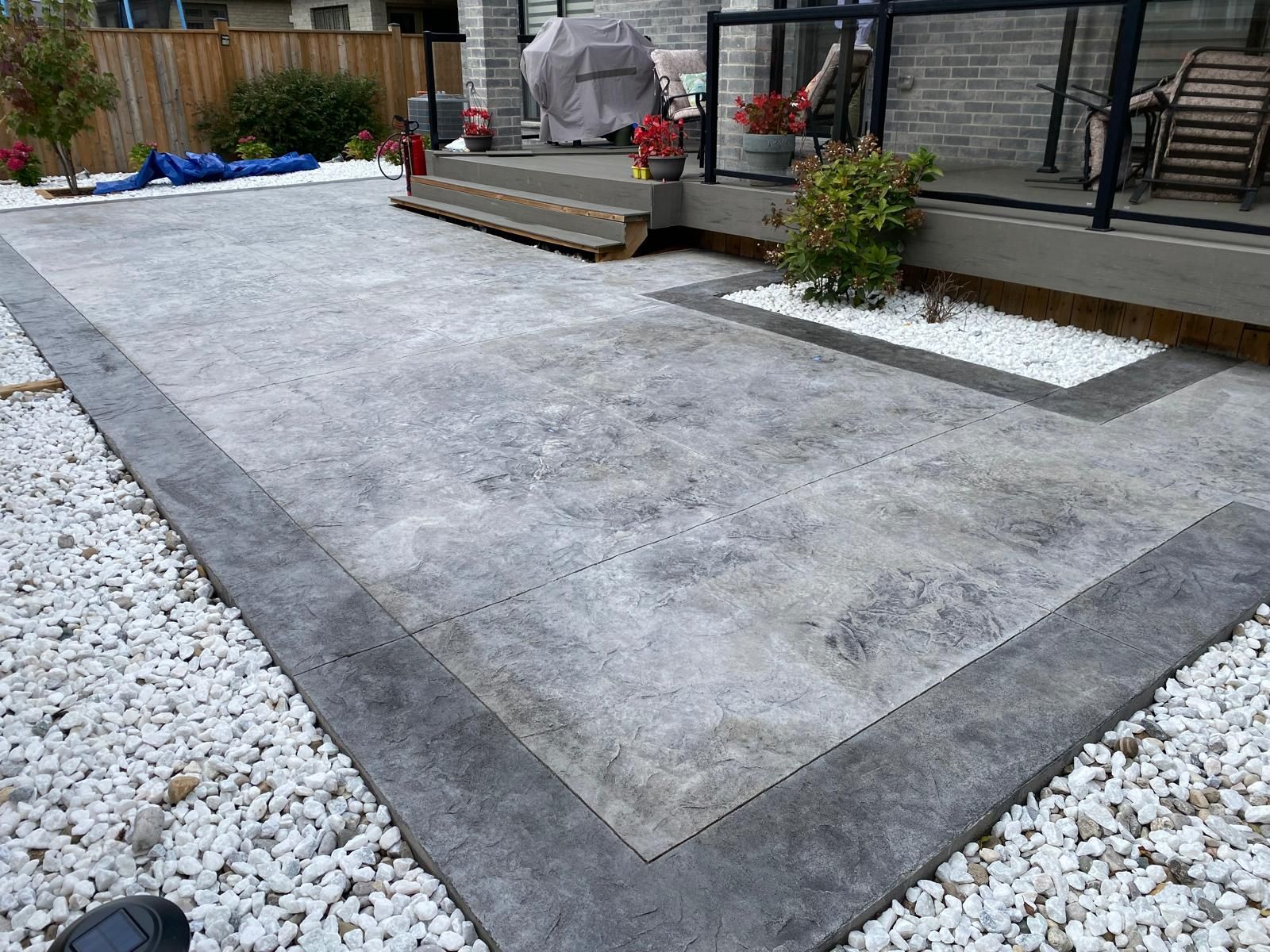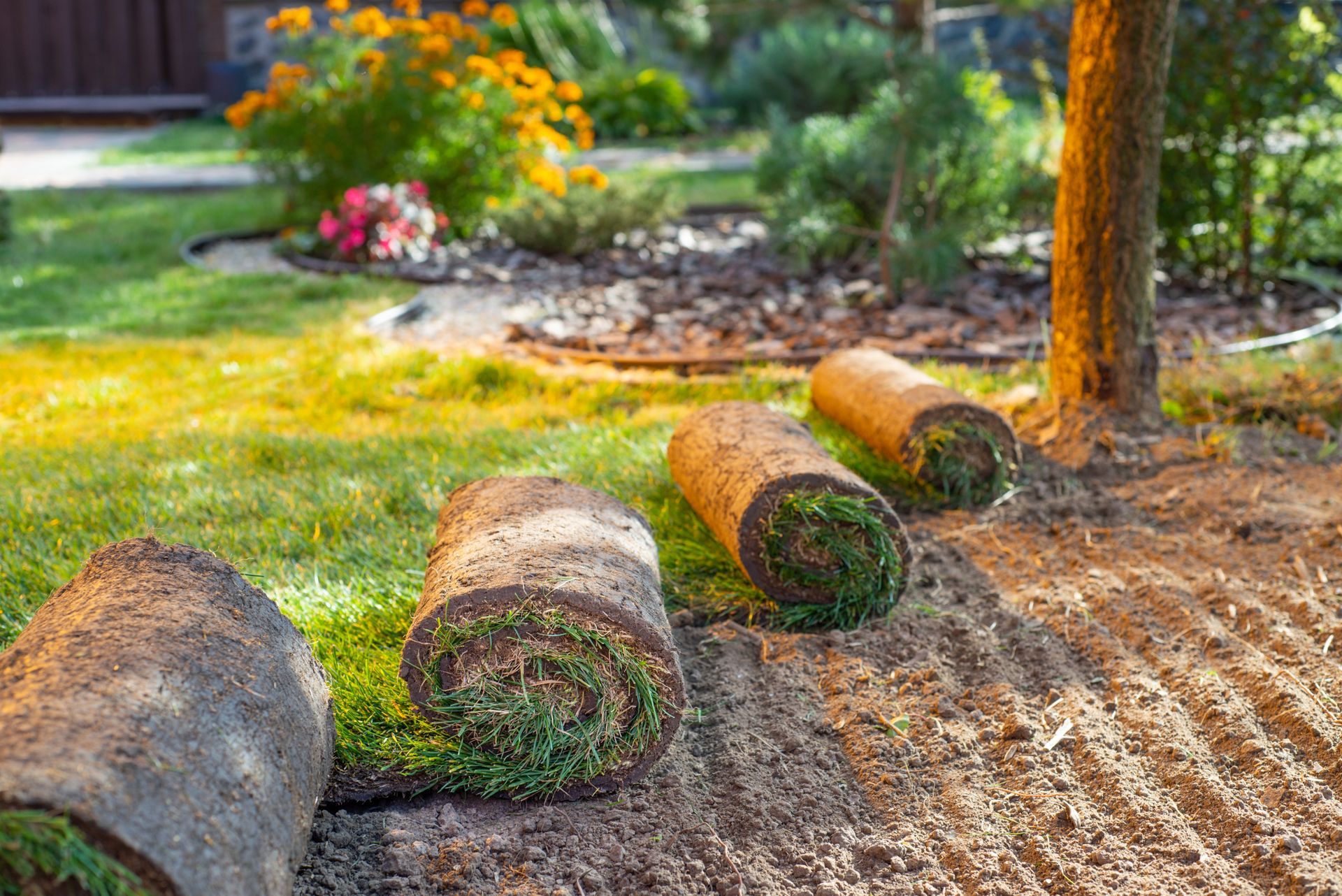The Benefits of Using Native Plants in Your Landscape: Enhance Your Property's Ecosystem and Support Local Wildlife
Incorporating native plants into your landscape design not only adds beauty and diversity to your outdoor space but also provides numerous benefits to the local ecosystem and wildlife. At Wildroses Landscaping, we believe in creating sustainable, environmentally-friendly landscapes that support the unique flora and fauna of your region. In this blog post, we will discuss the advantages of using native plants in your landscape and provide tips on how to choose the right ones for your property.
Why Choose Native Plants?
1. Low Maintenance
One of the most significant benefits of using native plants in your landscape is their low maintenance requirements. These plants have evolved to thrive in your local climate and soil conditions, making them more resilient to pests, diseases, and changing weather patterns. As a result, they require less watering, fertilizing, and pest control, allowing you to spend more time enjoying your outdoor space and less time on upkeep.
2. Water Conservation
Native plants are adapted to the local rainfall patterns and often require less supplemental watering than non-native species. This not only conserves water but also reduces your water bill and the time spent on irrigation.
3. Support Local Wildlife
Incorporating native plants into your landscape design helps support local ecosystems and wildlife populations. Native plants provide essential food and shelter for birds, butterflies, and other beneficial insects, promoting biodiversity and creating a more balanced, healthy environment.
4. Preserve Local Heritage
Using native plants in your landscape design can help preserve the natural beauty and heritage of your local area. By choosing native species, you are contributing to the conservation of your region's unique flora and fauna, helping to maintain a sense of place and local identity.
Choosing the Right Native Plants for Your Landscape
1. Assess Your Site Conditions
When selecting native plants for your landscape, it's essential to evaluate your site's specific conditions, such as sunlight exposure, soil type, and drainage. This will help you choose plants that are well-suited to your property and ensure their success.
2. Research Local Flora
Spend some time researching the native plants that are indigenous to your region. Familiarize yourself with their growing habits, preferred growing conditions, and potential uses in the landscape. This will help you make informed decisions when selecting plants for your property.
3. Consult a Professional
Working with a professional landscaping company like Wildroses Landscaping can help you choose the perfect native plants for your landscape. Our team of experts can assess your site, provide recommendations, and assist with plant sourcing and installation.
4. Visit Local Nurseries and Gardens
Visiting local nurseries and botanical gardens that specialize in native plants can provide inspiration and ideas for your landscape design. You can also speak with knowledgeable staff who can offer advice on plant selection and care.
Incorporating native plants into your landscape design offers numerous benefits, from reduced maintenance and water conservation to supporting local wildlife and preserving the natural heritage of your region. At Wildroses Landscaping, our team of experts is dedicated to helping you create a sustainable, environmentally-friendly outdoor space that enhances your property's ecosystem and supports local wildlife.
Ready to get started on your native plant landscape project? Contact Wildroses Landscaping today to schedule a consultation and let us help you bring the beauty and benefits of native plants to your property.
